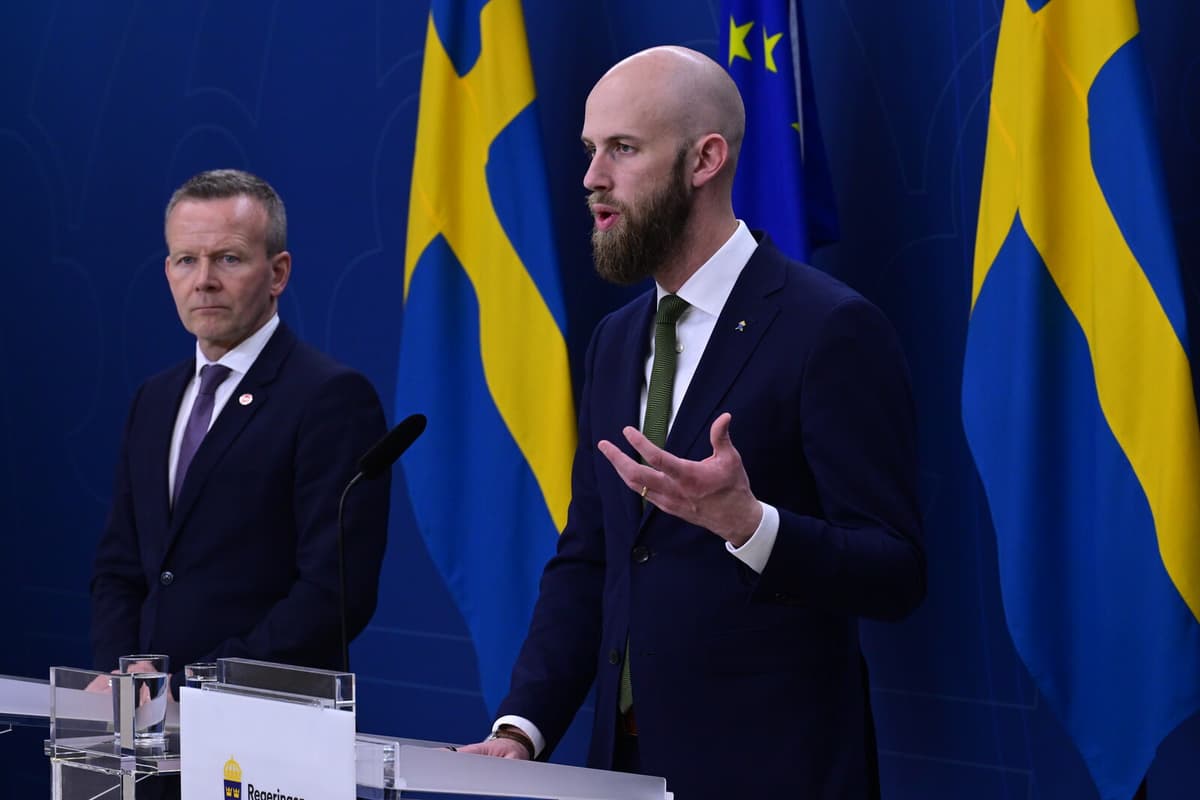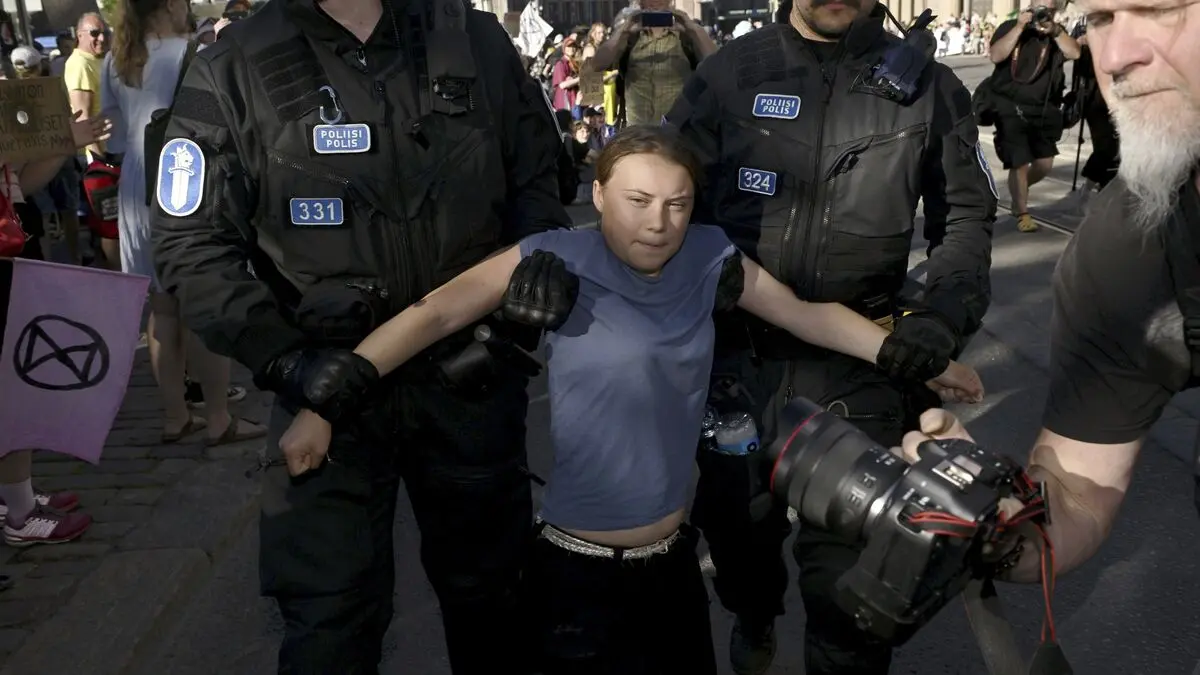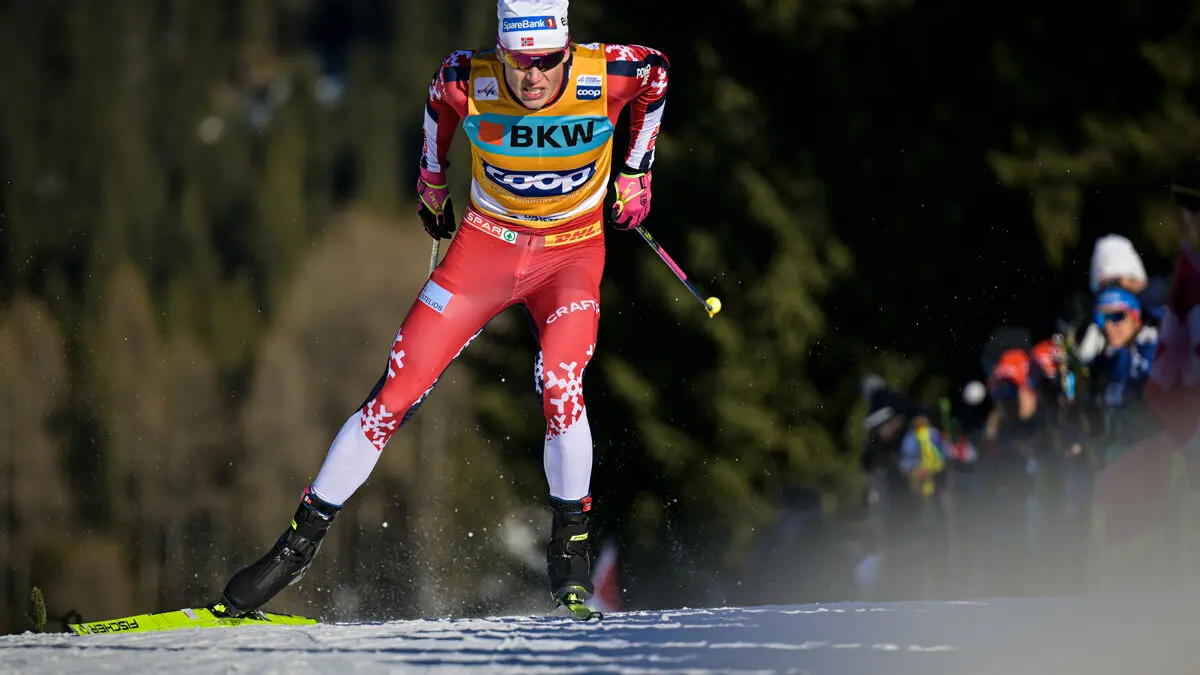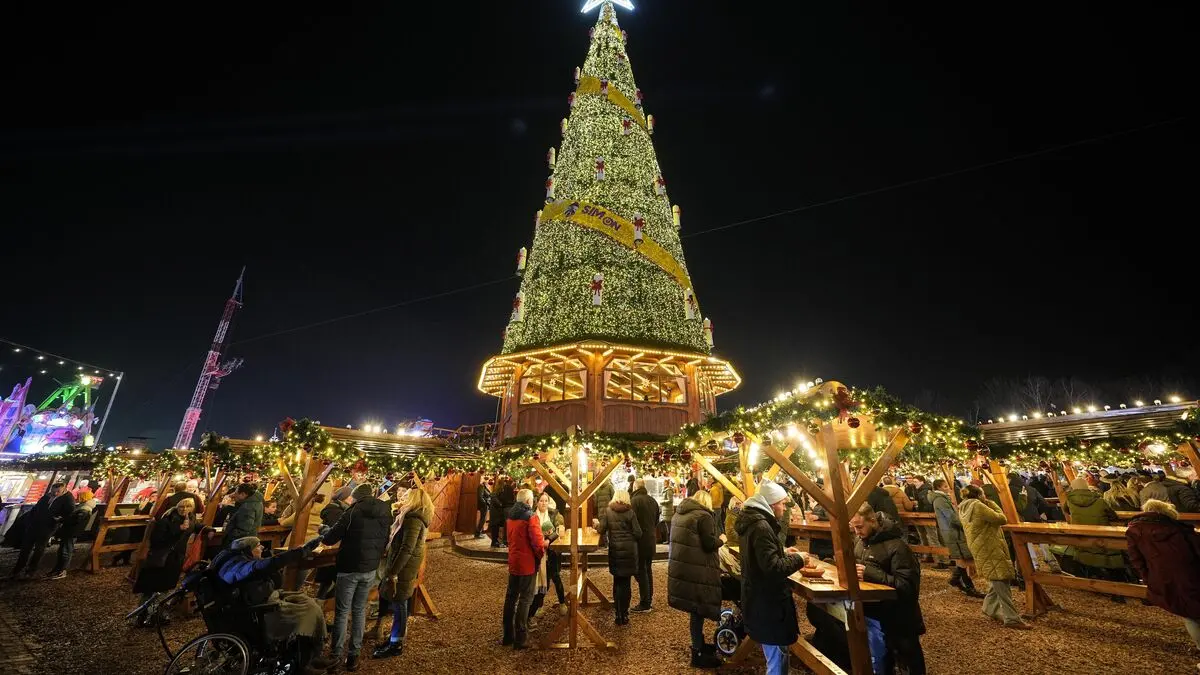The Minister for Civil Defence, Carl-Oskar Bohlin (M), says that many fundamental prerequisites for building up were lacking when the government assumed office in 2022.
It has been ten years since the Riksdag decided that total defence should be revived. Looking back, very little happened in the civil branch.
It was not until Russia's full-scale invasion of Ukraine that crisis preparedness took off, he believes.
Several billion
The budget for civil defence has increased sharply, from approximately 2.7 billion kronor in 2022 to 8.5 billion this year. From 2028, the budget is expected to be 15 billion per year.
The money can be used to build muscle on the skeleton that has existed, says Bohlin.
The Swedish Agency for Emergency Management and Civil Defence (MSB) now assesses that resilience has increased throughout society. This includes, among other things, food storage in schools, childcare and elderly care, access to medical products and water purification chemicals. 500 civil defence personnel have been trained within the rescue service.
Even in passport management, authorities' payment of benefits, IT communication and power supply, the situation has become better.
We see a clear positive development of civil defence, says MSB's Director-General Mikael Frisell.
At the same time, he points to risks and that much work remains to be done within protection of critical infrastructure and to be able to withstand larger cyber attacks. More shelters are being built, but they may lack filters for gas and sand.
Lack of hospital beds
Even within healthcare, capacity is lacking, says Frisell.
It is clear that I, as a Swedish citizen, think that there are too few hospital beds in Sweden if we were to end up in a tough scenario and have to take care of from the front in Finland.
However, it is a separate issue, according to the Minister.
It is a discussion about general welfare, where the government is making a historic investment in general state subsidies, he says.





